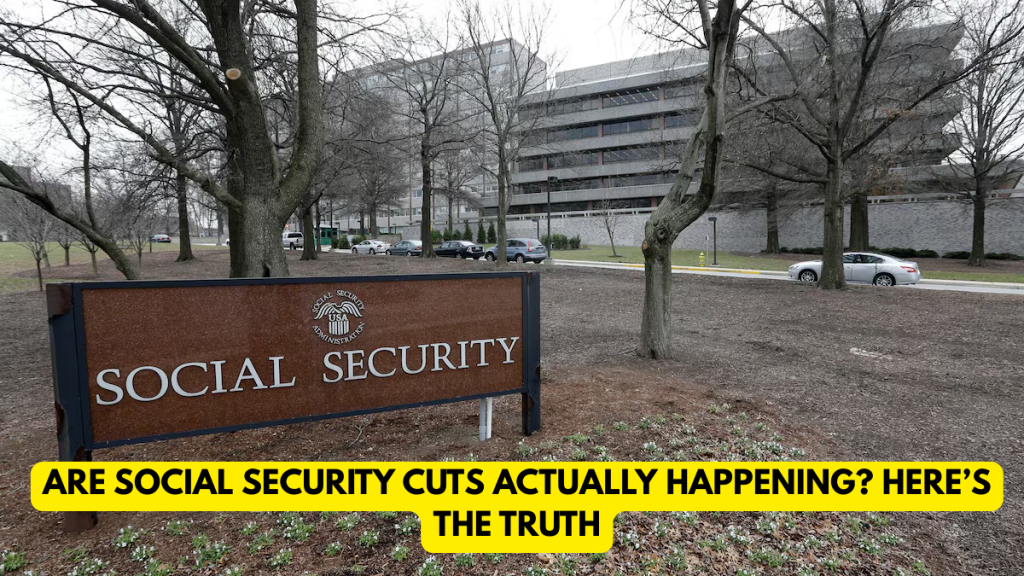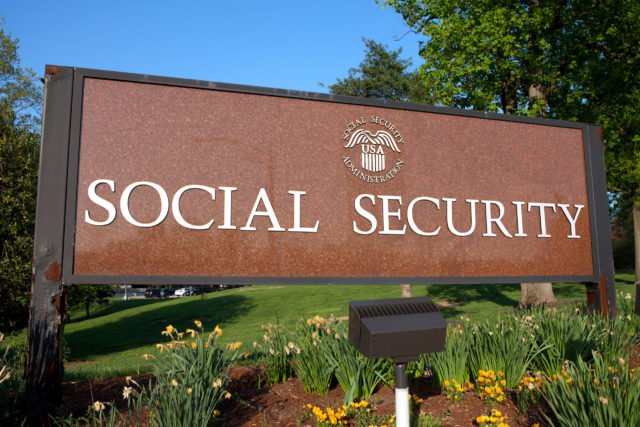
Social Security has long been considered the bedrock of retirement and disability support in the United States. But with recent headlines and political debates, many Americans are left asking: Are Social Security cuts really coming, or is it just political noise?
Unfortunately, the concerns are not just myths. Recent developments point to real changes that could impact millions of beneficiaries, particularly older Americans and individuals with disabilities.
What’s Happening With Social Security?
In March 2025, the Social Security Administration (SSA) confirmed plans to cut approximately 7,000 jobs, amounting to about 12% of its workforce. The move comes amid broader efforts by the government to reduce federal spending and improve operational efficiency.
These staffing reductions will be accompanied by the closure of multiple field offices across the country. For many older adults and people with disabilities who rely on in-person services, especially in rural areas, these closures raise concerns about delays in service, reduced accessibility, and limited support.
“We are deeply concerned about the impact this will have on beneficiaries,” said a senior SSA official who requested anonymity. “This isn’t about cutting checks—it’s about cutting the people who help process them.”
According to the SSA’s own operational budget report, reduced funding and administrative pressure are key reasons behind these decisions.
Elon Musk and the ‘DOGE’ Plan

Adding to the confusion is the role of the Department of Government Efficiency (DOGE)—a newly established agency spearheaded by entrepreneur Elon Musk. Under the DOGE initiative, Musk has proposed sweeping audits of Social Security operations in an effort to eliminate fraud and waste.
In a recent interview on Fox News, Musk stated, “It’s time to modernize Social Security. We’re not slashing benefits—we’re optimizing a broken system.” However, he offered few specifics on what these optimizations would involve.
Critics argue that such rhetoric could be a smokescreen for deeper cuts. The vague nature of DOGE’s plans and its lack of transparency have left many retirees worried about what “efficiency” will mean in practice.
“There’s no question that fraud prevention is important,” said Rachel Smith, an analyst with the Center on Budget and Policy Priorities. “But if it comes at the cost of service access and timely payments, we’re solving one problem by creating another.”
What the White House Says?
The Trump administration has repeatedly emphasized that Social Security and Medicare benefits will be protected. In a statement released by the White House in March, President Trump declared:
“I will always protect your Social Security and Medicare. No one is taking your benefits away.”
You can read the full statement here.
While the promise is reassuring to some, others are more skeptical. Some lawmakers have expressed concern that even if direct benefit payments remain intact, administrative changes and budget constraints could undermine the program’s effectiveness.
A Newsweek report recently highlighted warnings from policy experts that without increased funding and staff, delays in processing claims, appeals, and even regular payments could become more common.

What Does It Mean for Beneficiaries?
If you’re receiving Social Security or planning to claim it soon, here’s what you should know:
- Your monthly benefit amount is not being cut—yet.
So far, there are no legislative changes that reduce actual payments to beneficiaries. - Access to services may become more difficult.
With fewer staff and offices, expect longer wait times on phone lines and possible delays in claims processing. - Online services are still available.
The SSA encourages people to use its official portal www.ssa.gov for applications, payment checks, and updates. - Keep an eye on future proposals.
While no benefits are being slashed now, several budget drafts from both parties include suggestions to gradually raise the retirement age or modify cost-of-living adjustments (COLAs).
The Bigger Picture
Social Security is facing long-term financial challenges. According to the 2024 Social Security Trustees Report, the trust fund that supports retirement and disability benefits will be depleted by 2033 unless Congress acts. After that, the program would only be able to pay about 77% of scheduled benefits.
This has led to discussions around potential reforms, including:
- Increasing the payroll tax cap
- Raising the full retirement age
- Reducing future benefits for higher-income retirees
- Adjusting COLA formulas
But each of these proposals comes with trade-offs and political risks, making consensus difficult.
Final Thoughts
So, are Social Security cuts real? Yes—and no.
While direct benefit cuts haven’t happened, administrative cuts are real and already in motion. These changes may not reduce your check today, but they could affect how quickly and easily you can get the help you need.
It’s important to stay informed, verify information through official channels like www.ssa.gov, and keep an eye on legislative developments that could impact the program’s future.
For now, the program remains intact—but whether it stays that way will depend on political will, policy reforms, and public pressure in the years to come.



